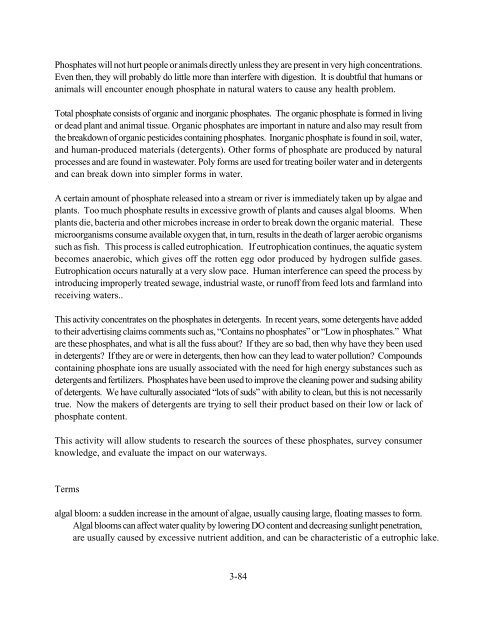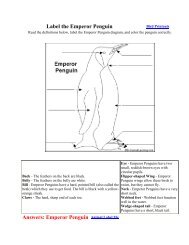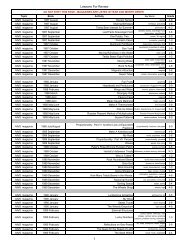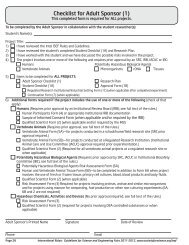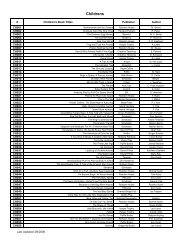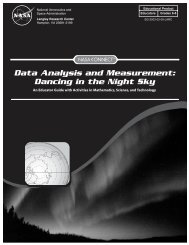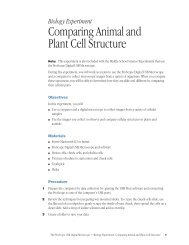BIOGRAPHY OF A RIVER
BIOGRAPHY OF A RIVER
BIOGRAPHY OF A RIVER
Create successful ePaper yourself
Turn your PDF publications into a flip-book with our unique Google optimized e-Paper software.
Phosphates will not hurt people or animals directly unless they are present in very high concentrations.Even then, they will probably do little more than interfere with digestion. It is doubtful that humans oranimals will encounter enough phosphate in natural waters to cause any health problem.Total phosphate consists of organic and inorganic phosphates. The organic phosphate is formed in livingor dead plant and animal tissue. Organic phosphates are important in nature and also may result fromthe breakdown of organic pesticides containing phosphates. Inorganic phosphate is found in soil, water,and human-produced materials (detergents). Other forms of phosphate are produced by naturalprocesses and are found in wastewater. Poly forms are used for treating boiler water and in detergentsand can break down into simpler forms in water.A certain amount of phosphate released into a stream or river is immediately taken up by algae andplants. Too much phosphate results in excessive growth of plants and causes algal blooms. Whenplants die, bacteria and other microbes increase in order to break down the organic material. Thesemicroorganisms consume available oxygen that, in turn, results in the death of larger aerobic organismssuch as fish. This process is called eutrophication. If eutrophication continues, the aquatic systembecomes anaerobic, which gives off the rotten egg odor produced by hydrogen sulfide gases.Eutrophication occurs naturally at a very slow pace. Human interference can speed the process byintroducing improperly treated sewage, industrial waste, or runoff from feed lots and farmland intoreceiving waters..This activity concentrates on the phosphates in detergents. In recent years, some detergents have addedto their advertising claims comments such as, “Contains no phosphates” or “Low in phosphates.” Whatare these phosphates, and what is all the fuss about? If they are so bad, then why have they been usedin detergents? If they are or were in detergents, then how can they lead to water pollution? Compoundscontaining phosphate ions are usually associated with the need for high energy substances such asdetergents and fertilizers. Phosphates have been used to improve the cleaning power and sudsing abilityof detergents. We have culturally associated “lots of suds” with ability to clean, but this is not necessarilytrue. Now the makers of detergents are trying to sell their product based on their low or lack ofphosphate content.This activity will allow students to research the sources of these phosphates, survey consumerknowledge, and evaluate the impact on our waterways.Termsalgal bloom: a sudden increase in the amount of algae, usually causing large, floating masses to form.Algal blooms can affect water quality by lowering DO content and decreasing sunlight penetration,are usually caused by excessive nutrient addition, and can be characteristic of a eutrophic lake.3-84


